Types of Gorillas – (Different Subspecies of Gorillas)
There are two types of gorillas in the world: western gorillas and eastern gorillas, which are highlighted here. Before we go into the specifics of the many types of gorillas, let me give you a quick overview of what a gorilla is.
Types of Gorillas
There are 6 types of gorillas namely;
#1 The Eastern Gorilla Specie
The Eastern gorilla species is divided into two (2) subspecies: mountain gorillas (which are estimated to number just over 1063 according to a survey conducted in 2018 by the greater Virunga trans-boundary collaboration in collaboration with the Ministry of Tourism, Wildlife, and Antiquities of Uganda) and eastern lowland gorillas (which are estimated to have dropped in numbers to nearly 50 percent from the 17,000 population back in the mid-90s according to estimates given by scientists).
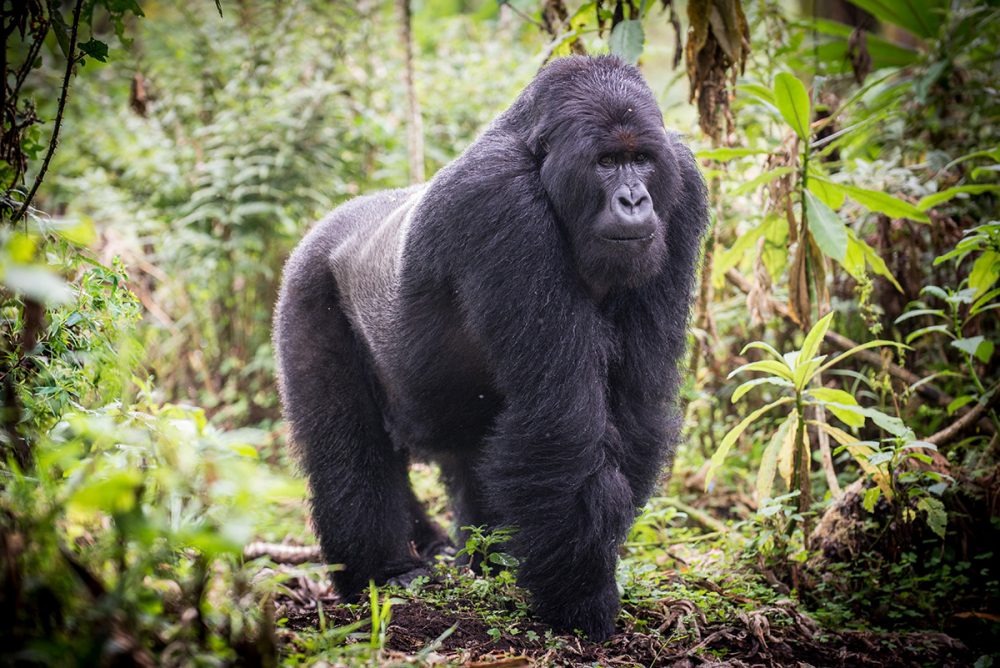
Eastern lowland gorillas
#2 The Cross River Gorilla
These are mostly found in the jungles of Nigeria and Cameroon. When standing on two legs, they can reach a height of 4 to 5.5 feet and a weight of up to 450 pounds. It is estimated that this subspecies of gorillas inhabit an area of around 3,000 square miles, and presently the entire region is heavily populated by people who, unfortunately, remove this natural habitat to make place for human agricultural operations, and livestock rearing, and even timber harvesting. The Cross River gorillas have a tiny population today due to the heavy poaching that occurs in this area. Unfortunately, the Cross River Gorilla is now classified as a severely endangered animal species. On the bright side, the governments of Nigeria and Cameroon, in collaboration with WWF and other wildlife conservation organizations, are working hard to put in place safeguards to conserve this gorilla’s native habitat, given that it crosses borders into both Nigeria and Cameroon. Continued sensitization and awareness campaigns are underway in these two nations, particularly to enlighten local people living near these sanctuaries about the benefits of conserving and maintaining these subspecies.
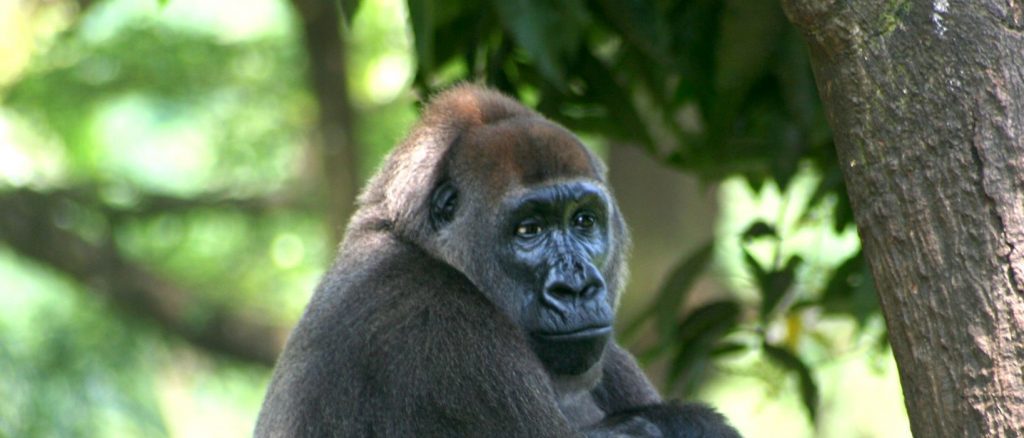
The Cross River Gorilla
#3 The Mountain Gorillas
This subspecies prefers thickly forested places and may survive at altitudes ranging from 8000 to 13000 feet. These are only found in three countries around the world: Uganda’s Bwindi Impenetrable Forest, Rwanda’s Volcanoes National Park, and the Democratic Republic of the Congo’s Virunga Mountains, which cross borders into Uganda’s Mgahinga National Park, Rwanda’s Volcanoes National Park, and the D. R Congo’s Virunga National Park. Standing on two feet, these gorillas can reach heights of 4 to 5.5 feet, and an adult gorilla can weigh up to 480 pounds.
Mountain gorillas have a thick coat and a lot of furs, which allows them to survive up in the cooler sections of the forested areas. As humans encroach on their native habitat, mountain gorillas are being forced further into the forest, where temperatures and climatic conditions are often harsh. Now, this subspecies is likewise considered critically endangered, with just over 1,000 mountain gorillas remaining in the wild, a figure that has increased from 850 in the 1990s to what it is today. Thank you to the governments of Uganda, Rwanda, and the Democratic Republic of the Congo for their outstanding conservation efforts, which have resulted in this increase in mountain gorillas during the last few years.
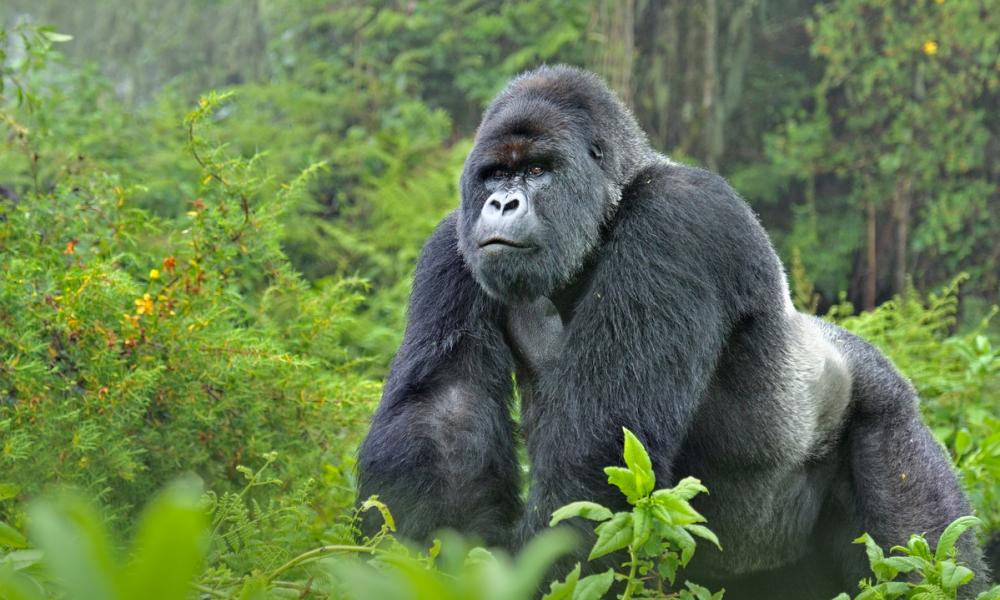
Mountain Gorillas
#4 The Western Gorilla Species
The Western gorilla species, on the other hand, is divided into two subspecies: Cross River gorillas, which are estimated to number between 200 and 300 individuals, and Western lowland gorillas, which are expected to number more than 100,000 individuals. In fact, this is the most common and popular gorilla subspecies on the planet.
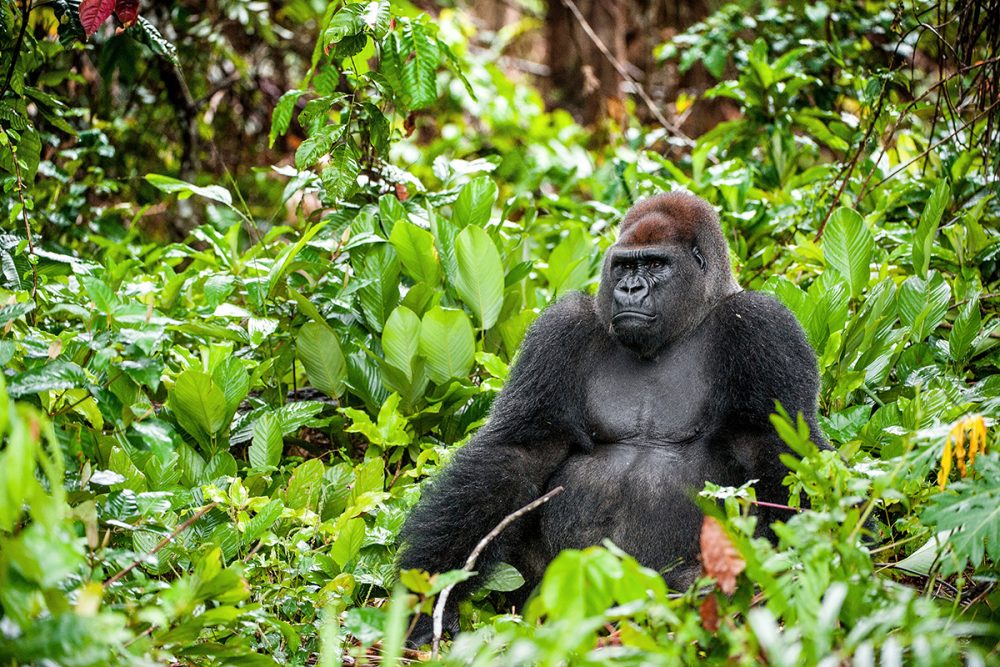
Western Gorilla Species
#5 The Eastern Lowland Gorilla
These sub-species can be found in the Democratic Republic of the Congo, where it lives in the lowland tropical rainforests of the country’s eastern region. Human encroachment has reduced the extent of their habitat from 8,000 square miles to about 5,500 square miles, comprising around 13% of what was the natural habitat. The eastern lowland gorilla is a squat creature with a small muzzle and huge hands. They can also reach a height of 4 ft to 5.5 ft when standing on two feet, with an average body weight of 450 lb.
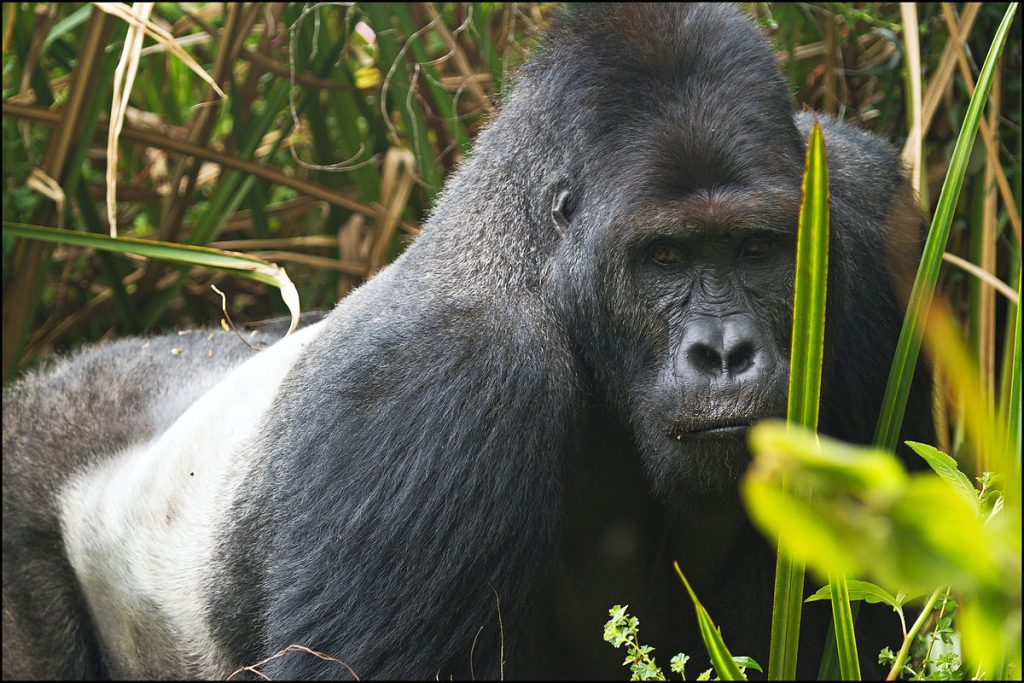
Eastern Lowland Gorilla
#6 The Western Lowland Gorilla
This gorilla subspecies is the most common and has the greatest number of individuals. These are found in Congo and Cameroon and dwell in a variety of environments, including rainforests and wetlands. They are physically smaller than other gorilla subspecies, with larger heads and smaller ears, brown-grey coats, and reddish-brown chests. Their precise population is unknown because many of them leave within the verdant Forest within their homes. Nonetheless, they are classified as an endangered species, with poaching and encroachment on their native habitat posing the greatest threat.
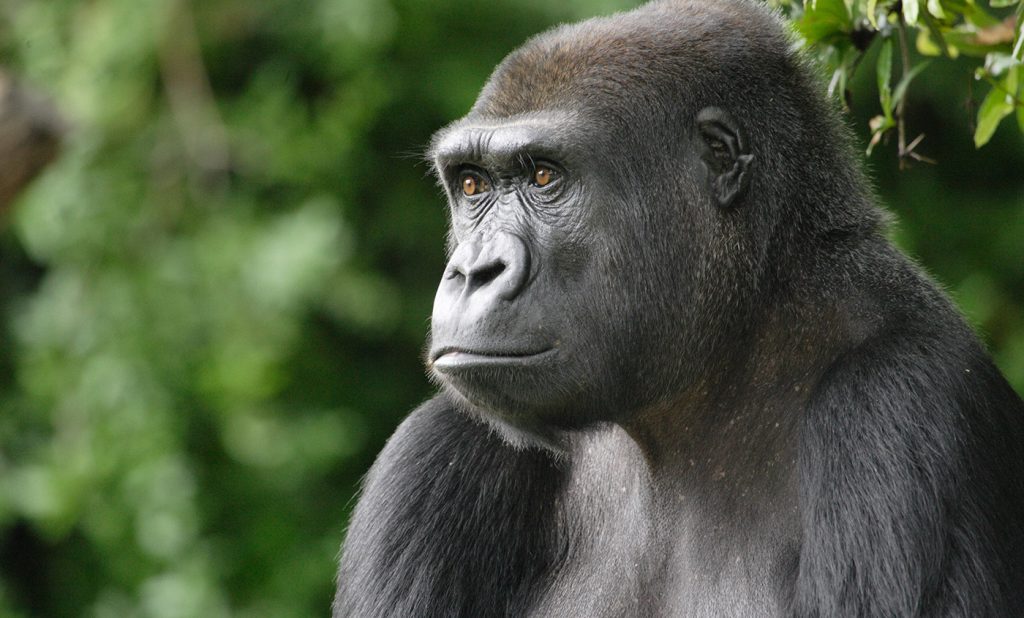
Western Lowland Gorilla
Journeys You May Be Interested In
- 2 Days Gorilla Trekking Uganda from Kigali
- 2 Days Murchison Falls Safari
- 2 Days Lake Mburo Safari
- 2 Days Queen Elizabeth National Park
- 3 Days Gorilla Trekking Uganda
- 3 Days Murchison Falls Safari
- 3 Days Honeymoon Ngamba Island Tour
- 3 Day Uganda Gorilla trekking from Kigali
- 3 Days Luxury Gorilla Trekking
- 3 Days Chimpanzee Trekking Safari
- 4 Days Kidepo Safari
- 4 Days Murchison Falls Safari
- 5 Days Gorilla Trek Uganda Safari
- Uganda Gorilla Trekking Packages
- 1 Day Kigali City Trip
- 1 Day Akagera Tour
- 1 Day Rwanda Gorilla Tour
- 2 Days Gorilla Tour Rwanda
- 2 Days Akagera National Park Safari
- 3 Days Rwanda Gorilla Safari
- 3 Days Akagera National Park Safari
- 4 Days Double Rwanda Gorilla Safari
- 4 Days Akagera National Park Safari
- 5 Days Rwanda Safari
- 6 Days Uganda Safari
- 7 Days Uganda Safari
- 8 Days Uganda Safari
- 9 Days Uganda Safari
- 9 Days Rwenzori Mountains Trekking
- 10 Days Rwenzori Mountains Trekking
- 10 Days Uganda Ultimate Safari
- 10 Days Uganda Birding Safari
- 12 Days Uganda Safari
- 14 Days Uganda Birding Safari
- 14 Days Uganda Safari
- 6 Days Rwanda Primates Safari
- 6 Days Rwanda Safari
- 7 Days Rwanda Safari
- 8 Days Rwanda Safari
- 9 Days Rwanda Safari
- 10 Days Rwanda Safari
- Gorilla Trekking in Rwanda
- Congo Gorilla Trekking
- 5 Days Congo Safari


